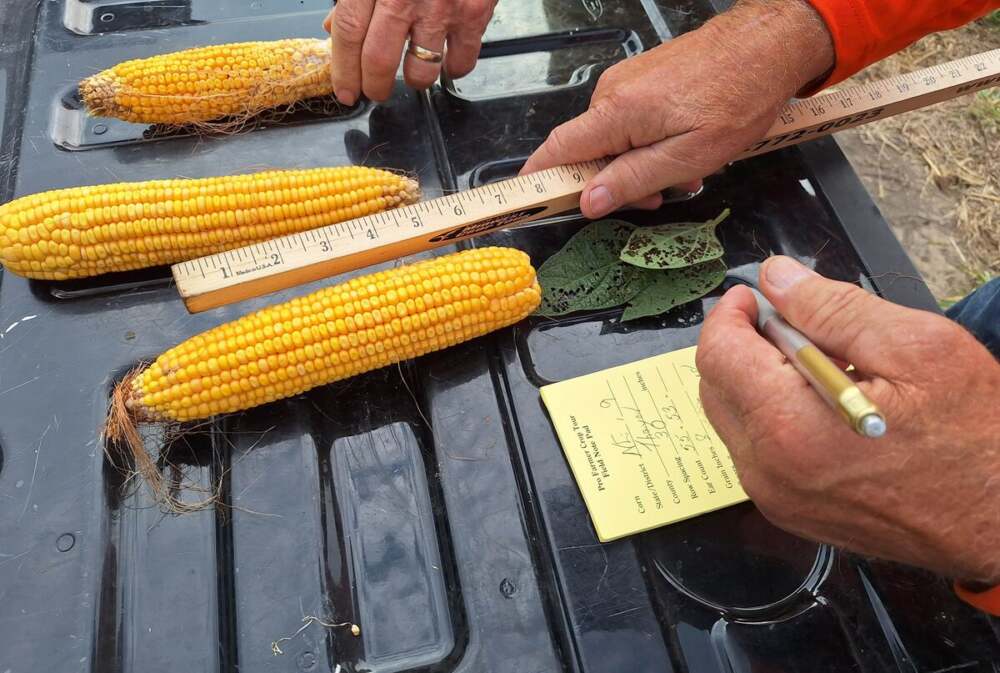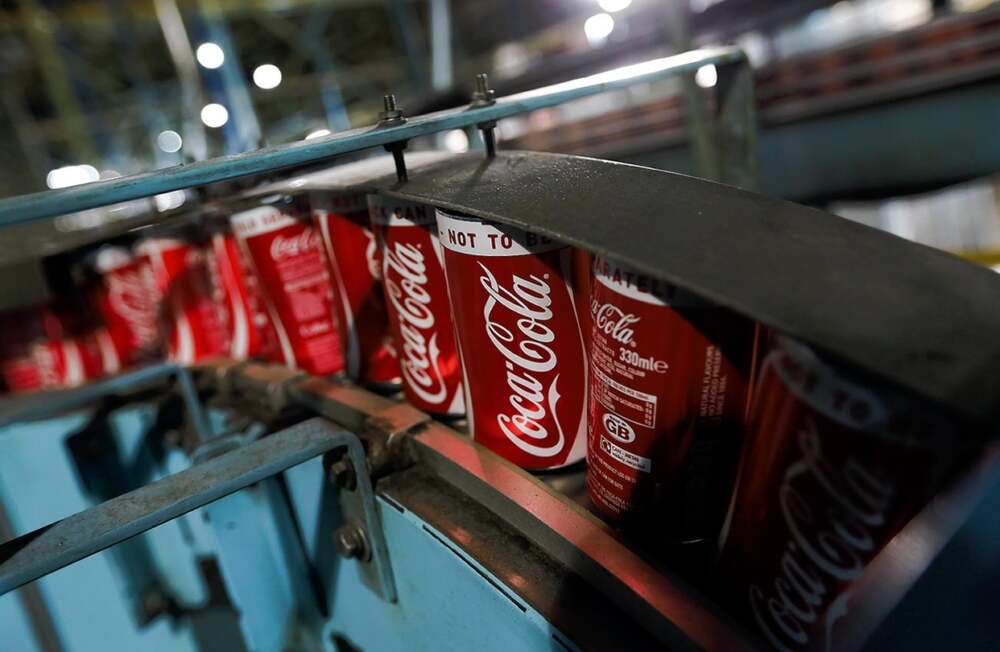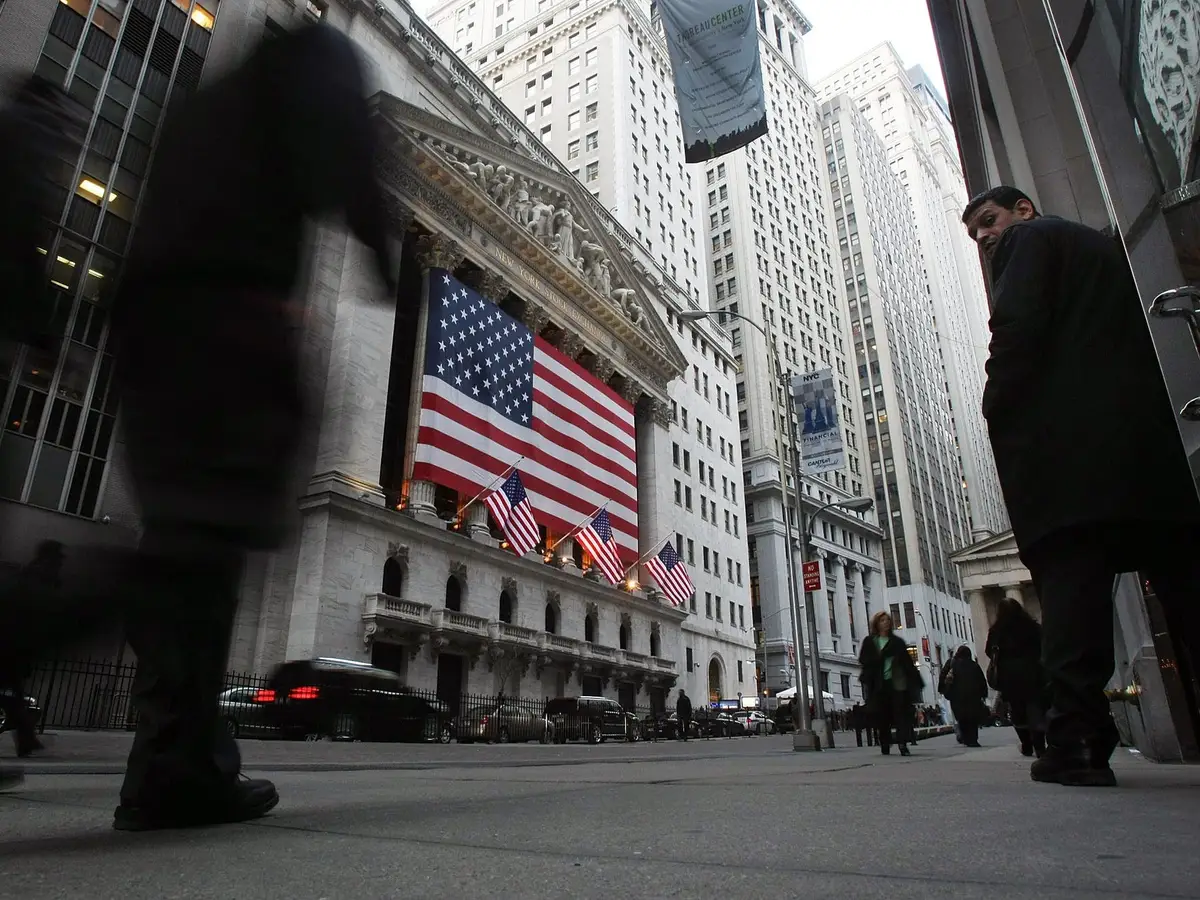September 1, 2025
For decades, corn and soybeans have been the backbone of American agriculture. Today, they dominate the nation’s fields more than ever before, accounting for nearly three-quarters of harvested farmland and close to 90% of grain and oilseed production. While this success reflects incredible productivity, experts warn it also signals mounting risks for farmers, markets, and the environment.
A Shift Toward Monoculture
In the mid-1960s, U.S. farms grew a wider variety of crops. Corn and soybeans made up just over 60% of production. Fast forward to the present, and these two crops have pushed aside wheat, barley, oats, and others, becoming the near-total focus of U.S. agriculture. Farmers, enticed by strong demand for livestock feed, biofuels, and exports, have doubled down on corn and soy over the years.
Economic Pressures on Farmers
Despite record harvests, many farmers are struggling financially. Massive yields have led to oversupply, pushing prices down at a time when production costs—fertilizer, pesticides, machinery, and fuel—remain high. Some growers report losing money even after government subsidies, highlighting how fragile profitability has become.
Dependence on Exports
American farmers have long relied on international buyers to absorb excess production, but that market share is slipping. Two decades ago, the United States dominated global corn exports. Today, Brazil has overtaken it as a top supplier, thanks to vast farmland and improved infrastructure. Trade disputes and shifting alliances have further eroded America’s share of the global market.
Environmental and Market Risks
The heavy concentration on just two crops creates vulnerabilities beyond economics. Monoculture farming depletes soil health, requires intensive chemical use, and leaves the food system exposed to pests, disease, or climate shocks. A poor growing season could have dramatic consequences, not just for farmers but for food and fuel supplies nationwide.
Searching for Solutions
Agricultural analysts suggest diversification as the most effective safeguard. Encouraging alternative crops, investing in new markets, and revisiting federal biofuel mandates could reduce dependence on corn and soybeans. Without such measures, farmers may remain locked in a cycle of overproduction, low prices, and reliance on government aid.
The Bigger Picture
Corn and soybeans may remain the giants of American agriculture, but their dominance comes with hidden costs. Unless diversification and resilience strategies are embraced, U.S. farming risks being both highly productive and dangerously vulnerable.
















Leave a Reply